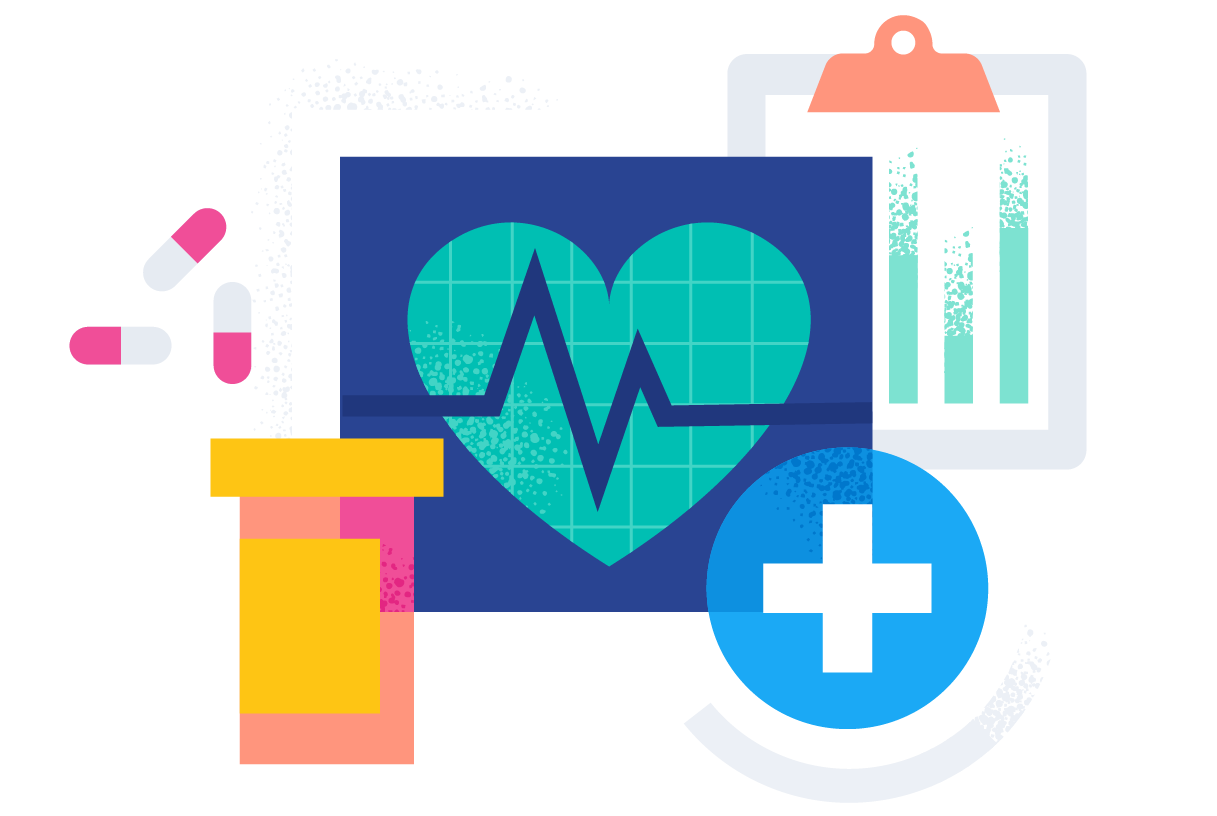Best Healthcare RCM Practices to Improve Functional Performance and Collections
Best Healthcare RCM Practices to Improve Functional Performance and Collections
Blog Article
A Comprehensive Overview on How Healthcare RCM Functions to Enhance Invoicing and Collections
Navigating the intricacies of healthcare profits cycle management (RCM) is crucial for service providers aiming to improve their invoicing and collections processes. The overview unloads the details of RCM, from individual registration to receivables administration, providing understandings into maximizing each step. Incorporating sophisticated technology and standard treatments can substantially reduce insurance claim rejections and speed up settlement cycles. Yet, real obstacle lies in flawlessly merging these aspects to boost money circulation. As we explore the core elements and approaches that drive effectiveness, one inquiry remains: exactly how can medical care entities best setting themselves to thrive economically in an ever-evolving sector?
Recognizing Revenue Cycle Administration
Realizing the intricacies of Income Cycle Administration (RCM) is crucial for healthcare organizations aiming to optimize their financial performance. RCM is an important administrative function that includes the entire financial process of client care, from the initial appointment readying to the final payment of the equilibrium. It is an intricate treatment designed to identify, collect, and manage the revenue from the services given to patients. Reliable RCM makes certain that medical care carriers obtain accurate and prompt settlements, minimizing the risk of earnings loss and improving capital.
The RCM procedure begins when a person routines an appointment and expands through the person's treatment trip, including billing and collections. A crucial objective is to lower the time between getting and giving a service settlement, therefore boosting the organization's monetary health. RCM includes numerous functions such as person enrollment, insurance verification, fee capture, coding, asserts entry, payment posting, and managing appeals and denials.
Trick Components of RCM
In the realm of Earnings Cycle Management (RCM), recognizing its key elements is basic to achieving monetary performance within healthcare organizations. RCM is a thorough process that encompasses different phases, each crucial to making certain effective billing and collections. The main parts consist of patient registration, insurance policy confirmation, fee capture, coding, insurance claim entry, settlement uploading, and accounts receivable management.


As soon as coded, cases are sent to payers, where precision is paramount to avoid denials or hold-ups - Healthcare RCM. Payment posting involves tape-recording the gotten repayments, which enables for the reconciliation of accounts. Finally, balance dues monitoring concentrates on monitoring and resolving overdue cases, making certain prompt follow-up and resolution
Each part of RCM is interconnected, and inefficiencies in any kind of part can interfere with the whole cycle. As a result, mastering these aspects is necessary for doctor to optimize income and enhance their financial wellness.
Approaches for Reliable Invoicing

Standardizing billing treatments throughout the company is one more essential technique. Establishing clear standards for paperwork, coding, and submission helps maintain uniformity and compliance with regulatory needs. Training staff frequently on these procedures makes certain everybody is updated with the most recent changes in payment codes and payer policies.
Exact fee capture is important in avoiding earnings leakage. Implementing normal audits and tracking systems permits for the identification and correction of disparities before top article they influence income. In addition, preserving open lines of interaction with payers helps to promptly fix any kind of conflicts or misunderstandings that might arise.

Last but not least, interesting people early in the payment procedure by supplying clear quotes and academic products concerning their financial obligations can dramatically decrease confusion and enhance settlement timeliness. These approaches collectively add to an extra economically healthy and balanced and reliable invoicing system.
Enhancing Collections Procedures
Provided the complexities of medical payment and the variety of payer demands, enhancing the collections process includes implementing strategic steps that make sure prompt and exact settlement of solutions provided. Automation devices can aid in tracking case standings, sending out prompt tips to individuals, and taking care of rejections a lot more properly.
Educating personnel to comprehend the nuances of insurance coverage policies and billing codes is equally vital. This understanding equips them to deal with invoicing discrepancies rapidly and communicate effectively with clients regarding their financial responsibilities. In addition, clear and transparent patient communications are crucial. Providing detailed descriptions of fees and providing flexible settlement plans can enhance patient satisfaction and punctual repayments.
Routine audits of the collections procedure should be conducted to identify areas for enhancement and make sure conformity with regulations. By analyzing information, healthcare companies can determine fads, expect prospective concerns, and adapt methods appropriately (Healthcare RCM). Inevitably, a well-enhanced collections procedure not just sustains financial wellness yet additionally adds to a much more seamless experience for clients and personnel alike
Optimizing Revenue Streams
Structure upon the foundation of a solid collections process, healthcare companies can even more boost their financial stability by purposefully optimizing earnings streams. This includes a multi-faceted method, beginning with a thorough analysis of existing income sources to identify inefficiencies and areas for development. Employing advanced data analytics tools enables companies to get understandings into payer mix, person demographics, and service utilization patterns, allowing for data-driven decisions that boost revenue capture.
Applying automated payment systems can dramatically reduce errors and speed up cases refining, guaranteeing that income is accumulated extra effectively. Furthermore, optimizing payer contracts via regular negotiations can boost compensation prices and terms, directly impacting the lower line. Expanding try this out solution offerings, such as incorporating telehealth or health programs, can likewise attract a more comprehensive patient base, hence increasing profits capacity.
An additional critical component is boosting patient engagement and satisfaction, as satisfied clients are more probable to abide by treatment strategies and make timely repayments. Providing adaptable payment alternatives and clear billing methods can improve collections and foster person loyalty. Healthcare RCM. By embracing these strategies, health care companies can develop a more resistant financial framework, making sure continual growth and security in an ever-changing industry landscape
Conclusion
Finally, medical care Profits Cycle Monitoring (RCM) plays a crucial function in maximizing invoicing and collections processes by incorporating vital components such as individual registration, insurance policy confirmation, fee capture, coding, claims entry, and balance due management. By utilizing sophisticated modern technology, standardizing procedures, and promoting individual interaction, healthcare companies can dramatically lower case rejections, speed up payment cycles, and enhance cash money flow. This comprehensive technique to RCM ultimately results in boosted economic performance and sustainability for healthcare companies.
The RCM procedure begins when a patient schedules a visit and expands through the patient's treatment trip, consisting of invoicing and collections.One more essential element is enhancing patient involvement and satisfaction, as completely satisfied patients are much more most likely to adhere to therapy plans and make timely repayments. Offering adaptable payment choices and transparent invoicing methods can enhance collections and foster client loyalty.In final thought, health care Income Cycle Administration (RCM) plays a vital duty in enhancing invoicing and collections processes by integrating key components such as patient enrollment, insurance policy confirmation, cost capture, coding, declares submission, and accounts receivable management. By employing innovative modern technology, systematizing procedures, and fostering person involvement, health care providers can considerably decrease case rejections, speed up payment cycles, and boost money flow.
Report this page